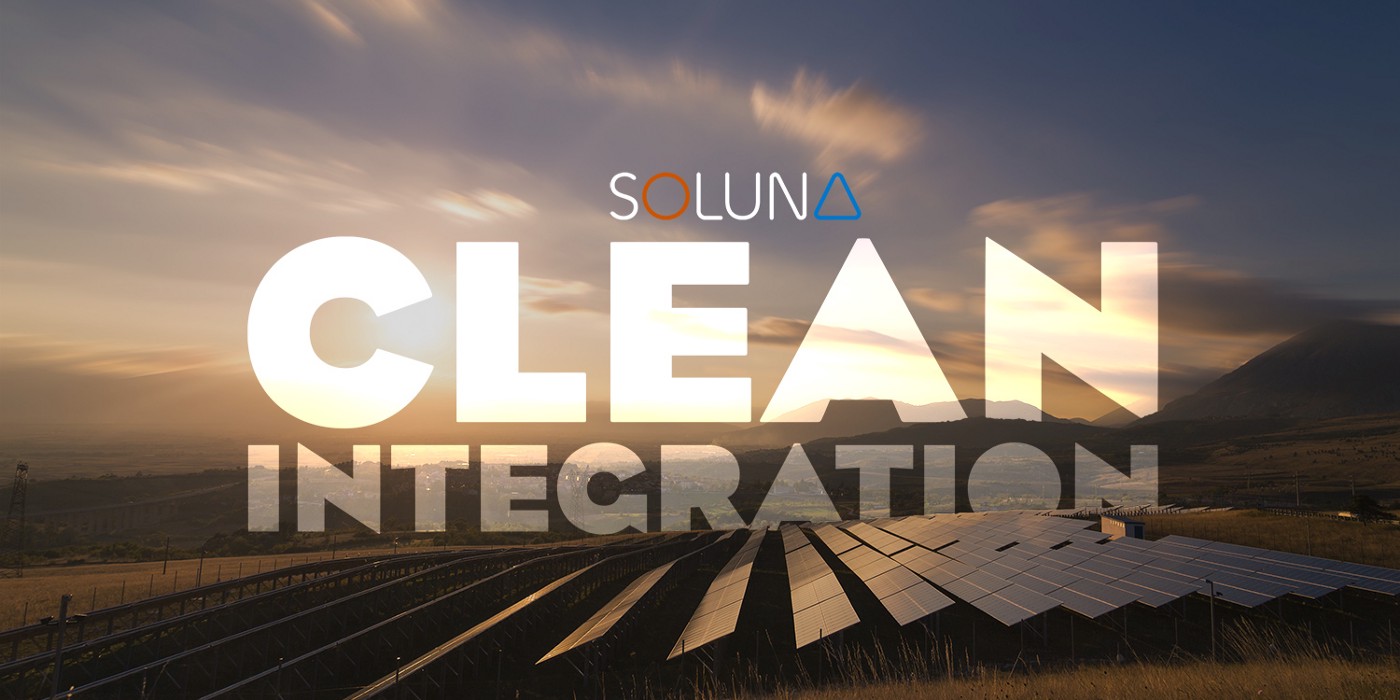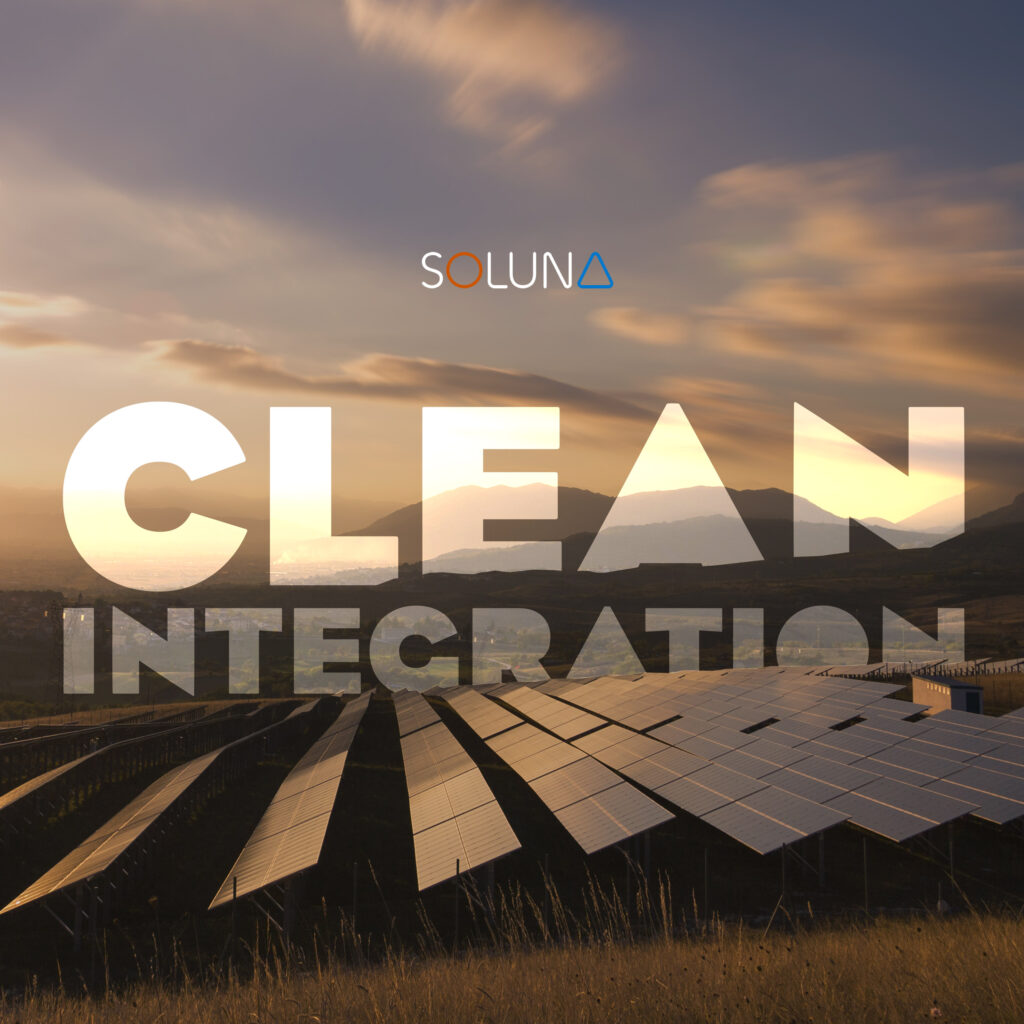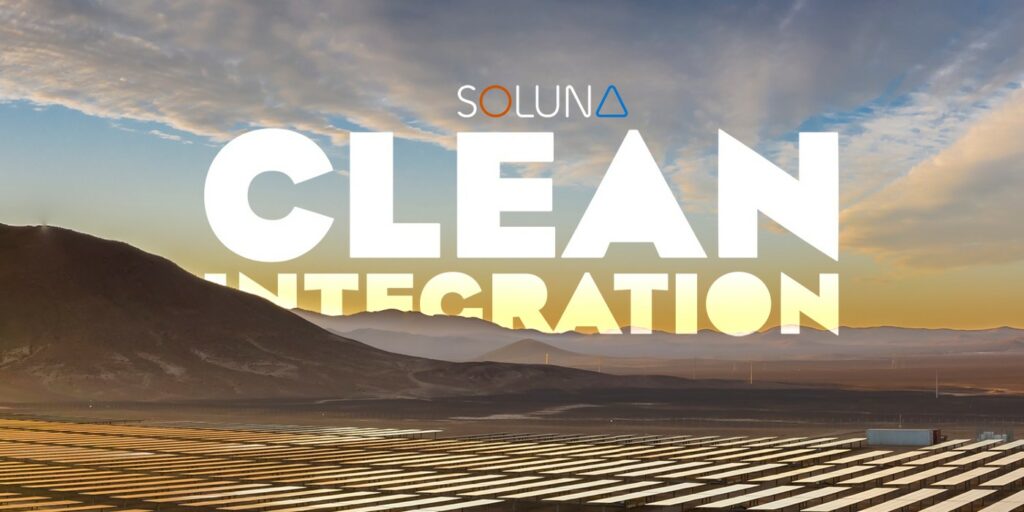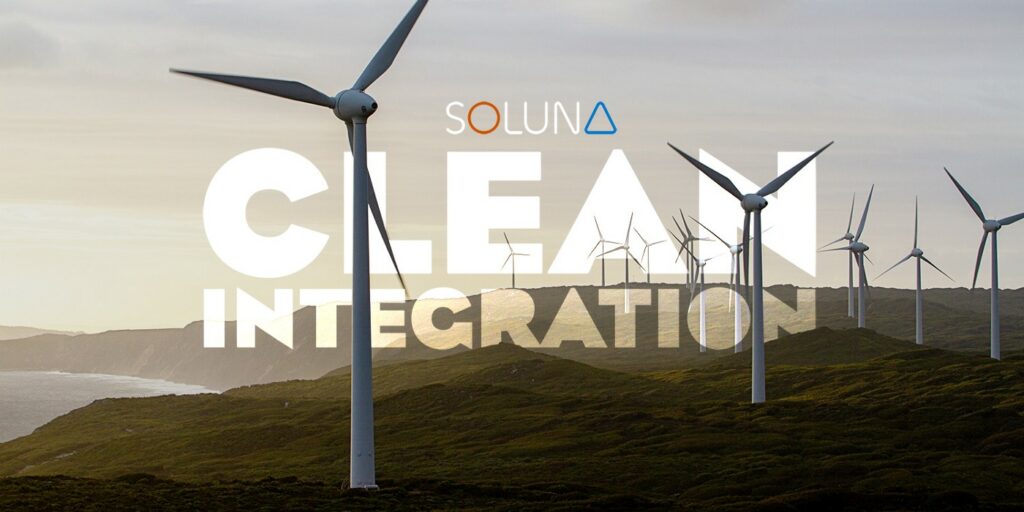John sits down with Ali Chehrehsaz, the co-founder and CEO of TerraVerde Energy, an independent energy advisory representing school districts, public agencies, and commercial enterprises.
TerraVerde helps clients reduce energy use and cost by planning, designing, and implementing energy conservation measures, solar energy systems, and energy storage solutions. Ali has close to 20 years of experience working in the energy sector with an extensive background in engineering and project management.
(This transcript has been edited and condensed for print.)
[1:09] Could you give us a tour of your background and how you got started in clean energy?
Ali Chehrehsaz: Absolutely. My background has almost entirely been in the energy sector. My entry into clean energy came through the path of solar, primarily from the start that I have in my career, which was working in the oil science industry in Canada. That’s where I went to school, got my degree, and got my first job out of school, working in oil science and doing project engineering for heavy upgrading facilities.
Through my career involvement in that sector, through my personal research, figuring out as a young engineer and engineering training, I had my awakening moment of realizing that I want to spend the majority of my career in an area where I can make a positive impact, seeing the threads around climate change and the catastrophes that are heading towards us. We are living with some of it as we speak. I wanted to go and join the force to help make an impact in the nascent industry that was seeming like it was getting picked up, this is in the mid-aughts. At the time, I was envisioning the next four decades of my career working to make a change.
And I think at that time, solar was less than 1% of the energy electricity production on the grid. I thought, “Well, to go from zero to a material number is a long journey. I might as well try my hand there, try to put my skills to use and help make an impact.” And that’s how I made a transition from oil and gas and from oil sands into solar. I was very fortunate to get connected to individuals. At the time I was working in Houston on a job assignment and there was a solar start there called Tessera Solar. They were a technology company plus a project development company and they were looking to bring on this technology called the sun catcher. The goal was to build gigawatt-scale solar power plants in California and Texas and help drive the cost of solar development at high scaling, at hard tooling on the manufacturing site to $3 a watt. That was a big vision back then. That’s how I got into clean energy.
[4:20] What’s that pivotal moment where you decide to start your own firm, and why did you decide to do that?
Ali Chehrehsaz: So at Tessera Solar, the businesses we were working on were large utility-scale projects. By that time, I had already made a transition from a large oil company to a small startup. I loved the entropy, the hustle, and bustle of a small company, making an impact and driving towards solutions that were right there in front of you without any bureaucracy. That really resonated with me. As the story of Tessera Solar was wrapping up, I had this, call it maybe sense of confidence, which is troubling at times. But I thought if I had a partner who was tied into project deals, land, especially something on the smaller distributor scale, a partner that was in the energy finance side, we could go and build almost anything. We could go do solar. We could go do wind. We could go do small hydro. The engineering side of it, the EPC of it, I thought that’s doable. I can find a way to figure all the stuff out.
So it happened, the universe listened to what I was asking for, and I got connected with two of my co-founders at TerraVerde Energy. They were the exact two kinds of people that were looking for deploying rooftop solar solutions, I love the thesis of it coming from the utility-scale side, knowing that the long-tail solar could be very much in the rooftop side, purely based on the assessment that if you overlay solar radiance, you overlay human population, that Venn diagram looks a lot like a circle. People are there where the sun is and that’s where they’re using electricity. Why not go generate electricity there and directly supply load?
So I got connected with Rick Brown and our other co-founder. Rick had the inception, the idea for founding TerraVerde primarily with the focus on helping California schools to develop solar and demystify access to solar. That’s how we got connected. We had a good conversation, did diligence on each other, and decided to give it a go. I thought the business had maybe a year. I thought we would give it a chance. These are early solar days. One year has turned into 13, and here we are.
[7:28] What’s the company’s role in the space? How would you describe what TerraVerde does?
Ali Chehrehsaz: TerraVerde is at the core of it, provides consulting services on three service areas, analytics, project development, and asset management. What we do is we partner with our customers, which are primarily public sector entities here in California, and we help them understand their electricity usage profile, cost structure, any electrification plans they might have. It might come from anything from adding fleet electrification to their overall electricity usage profile, water heating. Any and all assessments that impact their electricity usage is what we study. We then try and figure out how we can leverage solar energy as the generation source to help offset that usage, and then find the best way to help create value from that electricity generated at the site. That value creation is what gets us into doing a lot of physics and finance and figuring out on the base level how much solar can help as the wholesale markets, retail markets fluctuate and change.
Flexibility becomes quite important. Storage is a big part of the solution set that we work with in order to create value for solar for offsetting demand and usage. Other load flexibility, demand response solutions get added in. We try to figure out from the ground up how do you find a solution here that provides value to that site host? And then if the project physics and finance makes sense and it all can come together, we support our customers to deploy or access those solutions. Often that’s through self-financing, sometimes through third-party financing, or we spec out the project for them so the market can come in and provide the lowest cost or competitive solution with qualified products to install at the site.
And then once the projects are built and operational, we stay with our customers for the life of these assets to help them operate it, report on it. We plug in our software solutions to get access to the real-time data. We run shadow billing, any and all operations. The signaling of things that are now working right, we pick up, dispatch technicians, and essentially try to help them realize the promise that was once made when the project was first commissioned to happen every year as the asset performs.
[10:26] What would you say were or have been the biggest challenges for you as an entrepreneur in building this business over the last 13 or so years?
Ali Chehrehsaz: The challenge with the solar industry, I would say, has been the continuation of the journey itself and navigating the changes that take place in the industry, some caused by us, some caused by the forces that exist in the power markets. There’s a term in the solar industry we use called the solar coaster, and that’s referred to the fun of riding a rollercoaster that is the solar industry. There are a lot of scary moments. There are a lot of fun moments. We all live and die with this.
There is not as much certainty as you might think for a business that has free input cost. Sun is free. You would think deploying projects and converting that into a business and creating value would be a very easy, steady business, but it has a lot of challenges of its own. Part of it has been having to stay ahead of the game, and the game being the value of electricity in the power markets so that solar can continue to have value and deliver value to buildings, to load centers.
A success case that solar has is that in the early days or pre-solar, the most expensive cost of electricity was in the middle of the day in California. As we’ve deployed more solar, both rooftop and also at utility scale, the value, the cost of electricity has compressed. We are now seeing moments on the grid in California and other geographies where the wholesale cost of electricity in the middle of the day approaches zero to negative. The economic value of solar actually goes away in the middle of the day when solar is at peak production, and the emissions value of solar has also gone away because wholesale market GHG pricing valuation is actually quite low and negative or zero.
So in some ways, the success of solar is causing pressure on itself, and that has created challenges that we’ve had to now navigate and get smarter, get better, and find ways to find more value for solar so we can keep the journey going and keep decarbonizing buildings, the world leveraging this really low-cost technology.
[17:52] When did you become interested in the crypto space and its relationship to clean energy?
Ali Chehrehsaz: I think the first time I became aware of this technology was around the 2013 Bitcoin bubble. I heard about it. It was interesting. Looked into it. I didn’t get it primarily because I didn’t dig in as deep as I should have. A big mistake. But put it aside and focused back on my business, on solar, and kept doing what we were doing because it didn’t seem to really impact what I was doing. I didn’t make the connection. Journey continued. Like everyone else, the next bubble, the next hype cycle, the next however you want to call it, 2017 rolled around. This time around, I have a few friends of mine from university that we all made the transition to renewables, all very much thinking about the future of the world, energy, all the stuff that we’re doing. We were talking a lot more about Bitcoin and blockchain and proof of work and proof of stake and all the buzzwords are going around.
Knowing that Bitcoin needs electricity, we knew that the business of Bitcoin mining and the business of solar generation were going to come together.
We knew Bitcoin miners, as the race got on, as the hash rate grew, as the halvings took place, would need access to cheaper electricity. The cheapest source of electricity is solar and wind.
Solar, you can build it fast. We started experimenting with Bitcoin miners, testing them, utilizing them. The whole use case of Bitcoin mining as a flexible load center became very clear, that this is a flexible load that can buy electricity. We started and set to work to figure out how we can integrate Bitcoin mining as a tool in supporting renewables, primarily solar, to grow and accelerate adoption.
The parallel that we were chasing was very similar to battery storage. When we got started into solar, that’s all we had to do. Then because of the flexibility needs, the power market changes that we talked about had to take place. We started to gravitate and bring in batteries and storage to combine and pair up with solar to provide flexibility, demand reduction, and other value benefits, ancillary services that batteries can provide to the grid. We thought, well, this is the next tranche of technologies that can come in. Pair up with solar, maybe pair up with batteries and solar. What needs to happen here is figuring out a way to build an on-ramp, a solution to onboard solar owners into Bitcoin mining.
[29:07] There’s a view that Bitcoin is all negative externalities and no positives. When you go to power plant owners and developers, et cetera, you’ve got to educate them. How do you do it and what are some of the biggest challenges in filling those gaps of understanding?
Ali Chehrehsaz: Yeah. I think you hit the nail in the head. It really all does come down to education. The fear that’s out there, the uncertainty and doubt around Bitcoin…you might think there’s a lot of bad actors there trying to kill Bitcoin. I think that’s a small part of it. I don’t think that’s by and large why we do not have the adoption that you and I seem to think should surely be there.
And I think that the issue is around education. People often ask me: how much time should they invest in Bitcoin? I tell them 100 hours because that’s what it takes to put in that effort of sitting down, opening yourself up to the possibility that you know nothing, ignoring the headlines, digging in and starting to understand. Do your own research, do your own studies, ask questions not to drive to a conclusion you have in your head but to truly understand. Somewhere along the path towards 100 hours, and I assure you, it does not take 100 hours, you will get to your aha moment. Now that is easier said than done. Part of it is that shock factor. I tell people there’s a lot here. This onion has many layers. At some point, you’ll get over a tipping point and you’ll actually dig in more. I can’t even count the number of hours that I’ve spent studying and thinking about the world through the lens of Bitcoin. But you get into it and it carries you forward.
[34:52] What’s your take on gaining mainstream acceptance or adoption of Bitcoin and what are some of the necessary next steps in your mind?
Ali Chehrehsaz: I think in addition to the education we’ve talked about, what will help us get to mainstream adoption is wide-scale proof. I’d love to see the narrative out there that Bitcoin helps with energy abundance primarily by enabling growth in renewables such that it helps us to reach our decarbonization goals as a society faster.
There is this lens of abundance and scarcity. I try to tell this story, a conversation that takes place in some circles about whether we have to decarbonize or greenify blockchain. There is a notion that there is only so much electricity that’s available, and we have to find a way to put it to use. That’s a very small lens. That’s very much a scarcity mindset that the individuals are pushing for. I want to change the conversation, and look at it through the lens of abundance, which is how can we utilize these technologies, this compute, this Bitcoin mining to help create and incentivize more renewables development?
Making visible the as-yet invisible. There are a lot of rooftops available. There are a lot of deserts available. We can put a lot of solar on this planet, and we can scale up production to get cost structure down and get the cost of generation down, utilizing mining as the incentive to make that happen. That becomes not just about decarbonizing this technology that is somewhere between 1% to 5% of the electricity usage right now. The reports of it are wildly varied, but it’s not a lot. We’re not going to save the planet by decarbonizing Bitcoin. We will save the planet by using Bitcoin to decarbonize everything else. Solving that, proving that at a wide scale adoption is where we get to change this view towards Bitcoin and acceptance of it.
[42:00] We’re taping in 2022. What’s something you’d love to see come true? It doesn’t have to be about crypto or renewables.
Ali Chehrehsaz: I think this is bridging both of those concepts, but what I would love to see is battery supply and technologies to become unconstrained, or supply becomes available because whether it’s short-duration batteries like lithium-ion or some of these newer technologies that are longer duration, I would love to see positive movement in that direction where currently we are constrained on supply of batteries. Lithium carbonate pricing is really high. Manufacturing has taken the hit.
We need storage at the moment as one of the key technologies to help enable the growth of renewables. We need batteries to electrify transportation. There is a lot of momentum, and money coming behind it for electric buses, electric fleets, right electric cars. But the costs and the supply are right now in the wrong direction. We need to course correct that. I would love to see that get changed. There is activity behind it. There’s momentum behind it. There are companies working on it. We talk to a lot of suppliers in the marketplace. They’re doing some interesting things.
[46:50] Imagine you get to put something on a billboard. The purpose of that billboard is to give new or future entrepreneurs some entrepreneurial advice, and you have to put one word on the billboard and a parenthetical below that word. What would it be for you?
Ali Chehrehsaz: Education comes to my mind if it’s just one word.
John Belizaire: And what would the parenthetical be below it? So you get to put a word and then a short sentence in parenthesis below it. What would it be?
Ali Chehrehsaz: I think the messaging I have is going back to what I shared earlier, which is being comfortable getting punched in the face. That is what I shared with my team when we talk, and that’s one of our messaging, “Hey. We’re about to go out and talk to a customer. Talk to their rep.” And it’s okay. Have the courage to be out there and share our message, and it’s okay to get punched in the face. Welcome because that’s how we get to learn. That’s how we get to get better. This is all practice because we need it. This is how we get to improve.
John Belizaire: No. That would work. So let me see. I’m driving and I’m an entrepreneur and I’m going to look at your billboard and it will say, “Be comfortable getting punched in the face.” And then the parentheses below it would say, “That’s how you grow and learn.” Right?
Perfect. That’s a wrap. Thank you so much for joining us, Ali. This was a fantastic conversation. It’s very good to know you. It looks like we have a lot in common, so we’ll definitely be connecting more beyond this show.
Ali Chehrehsaz: Absolutely. Thank you very much, John. Great chatting with you. Yes. And love finding fellow pilgrims on this journey.




